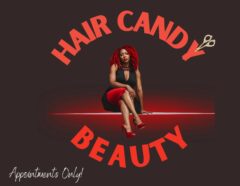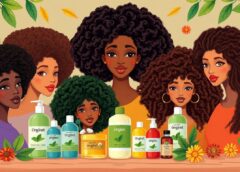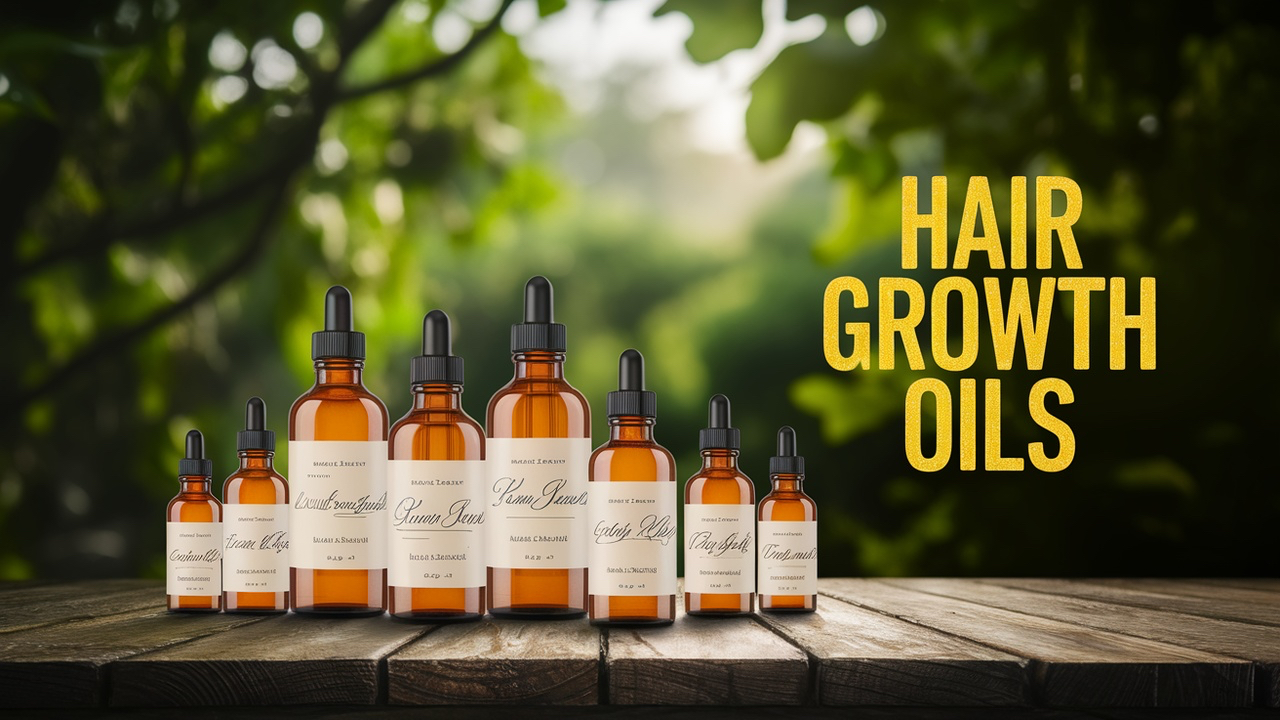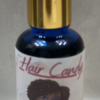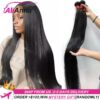Curly hair has its own unique personality and quirks. It’s all about the structure of the hair follicle. The shape of your follicle—more oval or asymmetrical—gives the strand its curl. This structure can make curls more vulnerable to frizz. The outer layer, the cuticle, is prone to lifting, allowing moisture in and causing that unwanted frizz.
Humidity is like the archenemy of curly hair. The air’s moisture gets into those cuticles, making the strands swell and poof out. But it’s not just humidity; anything from lack of hydration to physical damage can contribute to frizz. Even the way you handle your hair every day can make a difference.
Curly hair is naturally drier than straight hair. The oils produced by your scalp have a tougher time making their way down the twists and turns of curly strands. This lack of moisture is a big frizz factor. Keeping those curls hydrated is key to managing frizz.
Frizz isn’t just about looks. It’s often a sign that your hair needs some TLC. When you understand what’s causing the frizz, you can take better care of your curls. Knowledge is power, and in this case, it powerfully fights frizz.
Table of Contents
ToggleEffective Hair Care Routine for Reducing Frizz
Getting the right hair care routine can feel like finding a needle in a haystack, but trust me, it makes all the difference for curly hair.
Start with choosing the right shampoo and conditioner. Go for sulfate-free options; sulfates are harsh detergents that strip your hair of its natural oils, making it frizzier. Look for products with moisturizing ingredients like shea butter, coconut oil, or glycerin. These ingredients help lock in moisture, combatting dryness and frizz.
Deep conditioning is your best friend. Use a deep conditioner at least once a week to give your curls the extra hydration they crave. Look for products with proteins and natural oils to help strengthen and moisturize your hair.
Using the right tools can prevent unnecessary frizz. Microfiber towels or old t-shirts are much gentler on your curls than regular towels. They help reduce friction, preventing the cuticle from lifting and becoming frizzy.
When it comes to drying, avoid rough towel-drying like the plague. Instead, gently squeeze the water out using a microfiber towel or old t-shirt. Air-drying is usually the better option, but if you’re in a hurry, use a diffuser attachment on a low heat setting to protect your curls.
Consistency is key. Stick to your routine and use products specifically designed for curly hair. This helps maintain the right moisture balance, keeping those curls defined and frizz-free.
Styling Techniques to Manage Frizz
Using a wide-tooth comb can be a game-changer for curly hair. Unlike brushes that can break and frizz up your curls, wide-tooth combs gently detangle without causing damage. Always comb your hair when it’s wet and coated with conditioner for the best results—this minimizes breakage and frizz.
Anti-frizz products are another essential. Serums, creams, and gels designed for curly hair help in sealing the cuticle and keeping moisture out. Look for silicone-free options that are lightweight but effective. Apply these products on damp hair for maximum absorption and frizz control.
Heat styling is a double-edged sword. While heat tools can give you a polished look, they can also wreak havoc on your curls if not used properly. Always use a heat protectant spray before blow-drying or using a flat iron. This shields your hair from damage and minimizes frizz.
When it comes to drying, air-drying often trumps blow-drying. Letting your hair dry naturally helps maintain its natural texture and reduces frizz. If you must blow-dry, use a diffuser on a low heat setting to minimize disruption to your curls.
Pineappling, plopping, and even t-shirt turban techniques are your secret weapons. These methods help to set your curls and reduce frizz while drying. Experiment with different techniques to find what works best for your hair type and curl pattern.
Lifestyle and Environmental Factors
Humidity can wreak havoc on curly hair. When the air is full of moisture, your curls soak it up and get frizzy. Try using a humidity-resistant hairspray or sealant to keep your curls intact. Humidity can also make maintaining your hair’s moisture balance a challenge, but with the right products, you can tackle it head-on.
Diet and hydration play a massive role in hair health. Drink plenty of water and eat a balanced diet rich in vitamins and minerals. Foods high in omega-3 fatty acids, like salmon and flaxseeds, can improve your hair’s moisture and shine, helping to keep frizz at bay.
Protective hairstyles are a lifesaver. Braids, twists, and buns can shield your hair from environmental factors that cause frizz, like wind and sun. These styles not only protect your curls but also give you a break from daily styling, reducing the wear and tear on your hair.
Sleeping habits can impact frizz control. Swap your cotton pillowcase for a silk or satin one. These fabrics create less friction, keeping your curls smooth and defined. You might also consider using a silk or satin bonnet or scarf to protect your hair overnight.
Your hair’s environment isn’t just the weather; it’s also your indoor climate. Dry indoor air can suck the moisture out of your curls. Using a humidifier can add moisture back into the air, helping keep your hair hydrated and less prone to frizz.
